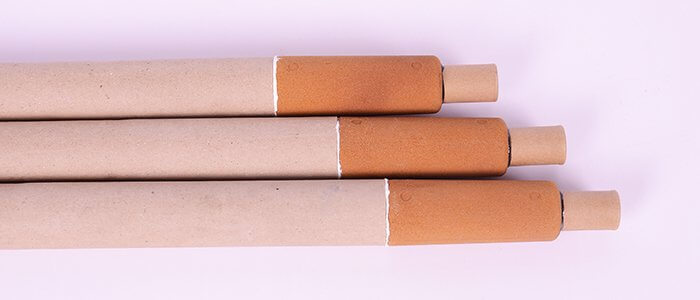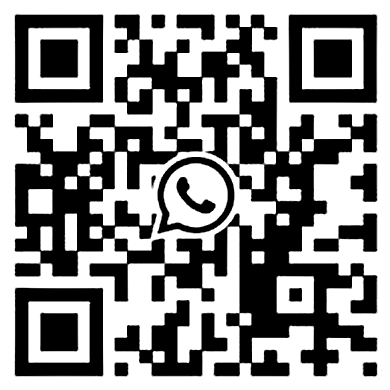Introduction:
Oxygen measurement probes, often referred to as oxygen sensors or oxygen analyzers, are invaluable tools with diverse applications across several industries. These probes play a critical role in monitoring and controlling oxygen levels, ensuring safety, efficiency, and quality in various processes. This article will delve into the world of oxygen measurement probes, exploring their significance, technology, applications, and recent advancements.
Section 1: Understanding Oxygen Measurement Probes
Subsection 1.1: The Basics of Oxygen Measurement
Oxygen measurement probes are devices designed to quantify the concentration of oxygen in different environments, including gases, liquids, and solids. They operate on the principle of electrochemical cells, generating a voltage correlated with the oxygen concentration.
Subsection 1.2: Components of an Oxygen Measurement Probe
– Sensing Element: Typically made of materials like zirconia or electrochemical cells.
– Electrodes: Essential for the electrochemical reactions involved.
– Signal Processing Unit: Converts the generated voltage into oxygen concentration readings.
– Heater: Maintains the sensing element at a constant temperature for accurate measurements.
Section 2: Applications of Oxygen Measurement Probes
Subsection 2.1: Metallurgy
In the metallurgical industry, oxygen measurement probes play a vital role in controlling oxygen levels during processes like steelmaking, ladle metallurgy, and continuous casting. These probes help maintain the desired oxygen content, ensuring the quality and integrity of the final metal product.

Subsection 2.2: Environmental Monitoring
Oxygen measurement probes are used to monitor oxygen levels in natural bodies of water, such as lakes and oceans, to assess water quality and ecological health. They also contribute to the measurement of dissolved oxygen in wastewater treatment plants, crucial for efficient treatment processes.
Subsection 2.3: Aerospace
Aerospace applications require precise monitoring of oxygen levels in aircraft cabins and space stations to ensure the safety and comfort of crew and passengers. Oxygen measurement probes are crucial for maintaining the appropriate oxygen concentration in these environments.
Subsection 2.4: Medical
In healthcare, oxygen measurement probes are used in devices like pulse oximeters and ventilators to monitor and regulate oxygen levels in patients, especially those with respiratory conditions. These probes are essential for patient safety and treatment efficacy.
Section 3: Types of Oxygen Measurement Probes
Subsection 3.1: In-Situ Probes
In-situ probes are directly inserted into the environment being measured. They provide real-time data and are commonly used in applications where direct access is feasible.
Subsection 3.2: Ex-Situ Probes
Ex-situ probes are positioned outside the environment being monitored and measure gases escaping from it. This approach is useful in cases where direct insertion is challenging, such as in industrial exhaust systems.
Section 4: Benefits of Oxygen Measurement Probes
Subsection 4.1: Quality Control
Oxygen measurement probes help industries maintain precise control over oxygen levels, ensuring the quality and consistency of products.
Subsection 4.2: Safety
In applications like aerospace and healthcare, oxygen measurement probes are critical for ensuring the safety of individuals by preventing oxygen concentrations from falling below safe levels.
Section 5: Recent Innovations in Oxygen Measurement Technology
Subsection 5.1: Miniaturization
Advancements in technology have led to smaller, more portable oxygen measurement probes, expanding their range of applications and ease of use.
Subsection 5.2: Wireless Monitoring
Wireless oxygen measurement probes allow for remote monitoring and control, enhancing convenience and safety in various industries.
Section 6: Challenges and Future Directions
Subsection 6.1: Harsh Environments
Oxygen measurement probes face challenges in extreme environments, such as high temperatures or corrosive atmospheres. Ongoing research aims to develop probes capable of withstanding these conditions.
Subsection 6.2: Data Integration
Integrating data from oxygen measurement probes into broader control systems is an ongoing challenge, especially in complex industrial settings.
Section 7: Maintaining Accuracy and Calibration
Subsection 7.1: Calibration
Ensuring the accuracy of oxygen measurement probes is crucial. Regular calibration is essential to account for drift and changes in sensitivity over time. This maintenance process guarantees that probes provide reliable readings, especially in critical applications like healthcare and aerospace.
Subsection 7.2: Sensor Lifespan
The lifespan of oxygen measurement probes varies depending on their usage and operating conditions. Manufacturers are continuously working to extend the longevity of probes to reduce replacement costs and ensure consistent performance.
Section 8: Future Prospects and Emerging Trends
Subsection 8.1: Advanced Materials
Researchers are exploring novel materials for oxygen measurement probes to enhance sensitivity and response times, particularly in extreme environments.
Subsection 8.2: Artificial Intelligence Integration
The integration of AI algorithms with oxygen measurement data can provide predictive insights and enable real-time adjustments, making processes more efficient and precise.
Section 9: Ethical Considerations and Regulations
Subsection 9.1: Data Privacy
As oxygen measurement probes generate data, ensuring the privacy and security of sensitive information, especially in healthcare, is paramount. Regulatory frameworks are evolving to address these concerns.
Subsection 9.2: Environmental Impact
Efforts are underway to develop more eco-friendly oxygen measurement probes and reduce their environmental footprint, aligning with global sustainability goals.
Section 10: Global Impact and Accessibility
Subsection 10.1: Developing Regions
Ensuring the availability and affordability of oxygen measurement probes in developing regions is essential for improving healthcare and industrial processes worldwide.
Subsection 10.2: Pandemic Response
The COVID-19 pandemic highlighted the critical role of oxygen measurement probes in healthcare settings. Investments in healthcare infrastructure and technology have been accelerated to improve preparedness for future crises.
Section 11: Oxygen Measurement in Space Exploration
Subsection 11.1: Extraterrestrial Environments
Oxygen measurement probes have found applications in space exploration, where accurate monitoring of oxygen levels is critical for astronaut safety and life support systems on spacecraft and space stations.
Subsection 11.2: Oxygen on Other Planets
As humans venture beyond Earth, oxygen measurement probes will play a pivotal role in analyzing the atmospheres of other planets and celestial bodies, providing valuable data for future missions.
Section 12: Global Health Implications
Subsection 12.1: Addressing Health Disparities
In light of the COVID-19 pandemic, the importance of oxygen measurement in healthcare, especially in resource-constrained regions, has gained prominence. Efforts are being made to make these devices more accessible and affordable, thereby addressing global health disparities.
Subsection 12.2: Humanitarian Aid
Oxygen measurement probes are instrumental in humanitarian efforts during disasters and emergencies, ensuring that life-saving oxygen therapy is administered accurately to those in need.
Section 13: Training and Education
Subsection 13.1: Skilled Workforce
The operation and maintenance of oxygen measurement probes require a skilled workforce. Educational programs and training initiatives are essential to ensure the proficient use of these devices across various industries.
Subsection 13.2: Next-Generation Experts
Encouraging the next generation of scientists and engineers to explore the possibilities of oxygen measurement technology is vital for continued innovation and progress.
Section 14: The Role of Industry Collaboration
Subsection 14.1: Cross-Industry Collaboration
The development and improvement of oxygen measurement probes often involve collaboration between industries, academia, and research institutions. Such partnerships drive innovation and advance the capabilities of these devices.
Subsection 14.2: Knowledge Sharing
Sharing knowledge and best practices among industries and regions promotes the widespread adoption of oxygen measurement technology, benefiting multiple sectors.
Conclusion: A Silent Revolution
Oxygen measurement probes, often unseen but tirelessly at work, have ushered in a silent revolution across industries and technologies. From improving metallurgical processes to safeguarding astronauts in space and enhancing healthcare globally, these unassuming devices have become indispensable. As we navigate an ever-changing world, the silent precision of oxygen measurement probes ensures that we breathe easier, work more efficiently, and strive for a healthier, more sustainable future.


